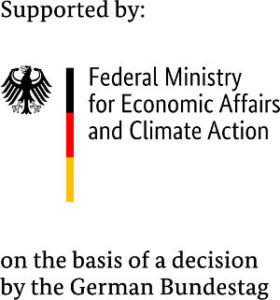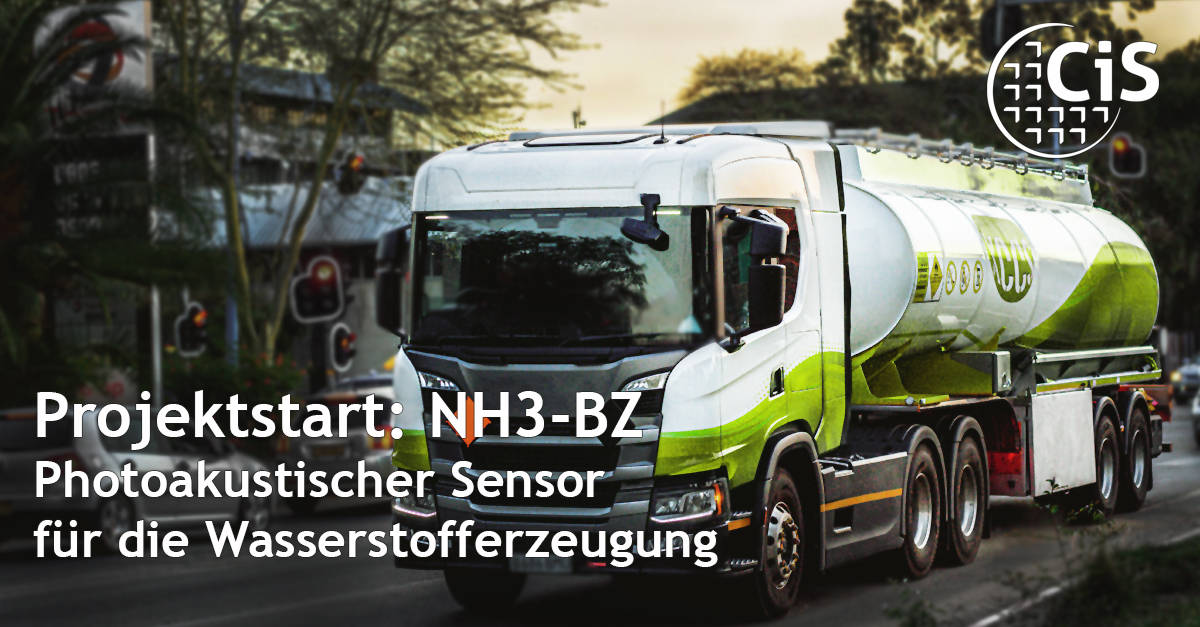In the new research project NH3-BZ, the CiS Research Institute will develop a photoacoustic sensor for hydrogen generation based on green ammonia. Ammonia is one of the most produced chemicals and basic material for the production of all other nitrogen compounds. In the energy sector, ammonia is seen as a feedstock for hydrogen production, as it is much easier and energetically cheaper to transport than hydrogen itself. Therefore, interest in its possible use for hydrogen production and potentially climate-neutral energy carrier has been growing for years. Fuel cells can use hydrogen produced from ammonia and thus contribute to a carbon-free and climate-friendly energy economy.
So-called crackers, which catalytically break down the ammonia into a gas mixture of hydrogen and nitrogen, are used to produce hydrogen. However, an excessively high residual ammonia content can damage a fuel cell. To control the conversion in the ammonia cracker, the CiS Research Institute is developing a measuring cell that determines the degree of conversion of NH3 to H2/N2 using a photoacoustic measurement. This is intended to prevent a fuel cell from being supplied with a gas that would damage it. The measuring cell should be low-maintenance, have no drift and require only one calibration. The goal is a low-cost design that can be widely used and is also suitable for mobile applications.
 The research and development work described was funded by the German Federal Ministry of Economic Affairs and Climate Action (BMWK) in the research project “Photoacoustic Sensor for Hydrogen Generation” (NH3-BZ).
The research and development work described was funded by the German Federal Ministry of Economic Affairs and Climate Action (BMWK) in the research project “Photoacoustic Sensor for Hydrogen Generation” (NH3-BZ).
Funding code: 49MF220229




